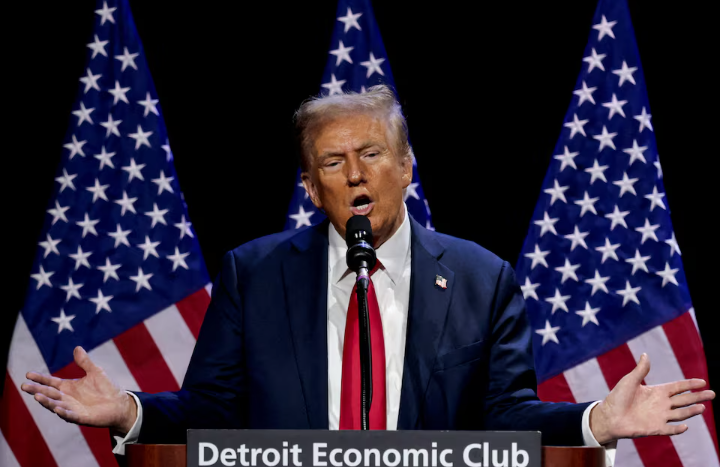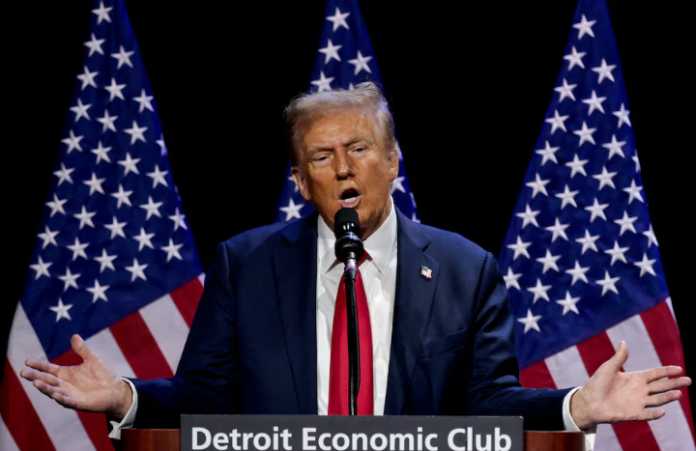A Strong U.S. Economy—But Will Trump’s Policies Disrupt It?
As Donald Trump prepares to take office again, his ambitious plans for tariffs, immigration restrictions, deregulation, and tax cuts may collide with an economy that is already performing exceptionally well. Unlike 2017, when Trump first entered the White House amid sluggish growth, today’s economic landscape suggests that drastic reforms may not be necessary.
An Economy That’s Already Thriving
The U.S. economy is currently expanding above trend, with unemployment near historic lows and inflation gradually stabilizing. December’s jobs report showed an impressive gain of 256,000 jobs, and wages continue to grow, keeping consumer spending healthy. However, financial markets have shown some volatility, reacting cautiously to the potential impact of Trump’s policies.
Mark Zandi, chief economist at Moody’s Analytics, warns that the best course of action might be to “do no harm” to the already thriving economy. Aggressive tariffs, mass deportations, and deficit-funded tax cuts could do more harm than good, depending on how they are implemented.
Key Differences from Trump’s First Term
Back in 2017, the U.S. economy was still recovering from the 2008 financial crisis. At that time, Trump’s Tax Cuts and Jobs Act provided a much-needed boost, and while his tariffs created global economic tensions, the U.S. economy remained relatively resilient.
Today, the situation is quite different:
- Higher Inflation & Interest Rates: Mortgage rates are nearing 7%, and long-term Treasury yields are around 5%. Inflation remains stubbornly above the Federal Reserve’s 2% target, limiting the Fed’s ability to cut interest rates.
- A Stronger Labor Market: The labor force has grown faster than expected, partly due to immigration—something Trump wants to restrict.
- Rising Government Debt: The U.S. deficit has ballooned, increasing borrowing costs. While Trump has created a Department of Government Efficiency to find savings, there’s no clear plan to address major spending drivers like Social Security and Medicare.
The Challenges of Economic Growth

Despite strong economic indicators, the future remains uncertain. The Federal Reserve has been cautious about cutting interest rates, fearing that inflation could spike again. Trump’s policies—especially if they involve heavy tariffs or large-scale deportations—could disrupt the current balance, triggering higher costs for businesses and consumers.
Richmond Fed President Tom Barkin notes that while businesses remain optimistic about growth, they also recognize that some policies may need to be adjusted if they prove harmful.
What’s Next for Trump’s Economic Strategy?
With the economy already performing well, Trump’s challenge will be whether he adjusts his policies to fit current conditions or pushes ahead with broad reforms that could introduce new risks. Given high asset values, inflation concerns, and rising interest rates, the administration may need to tread carefully.
The coming months will reveal whether Trump will take a more measured approach or move aggressively with his proposed changes. Either way, economic analysts and the financial markets will be watching closely.



